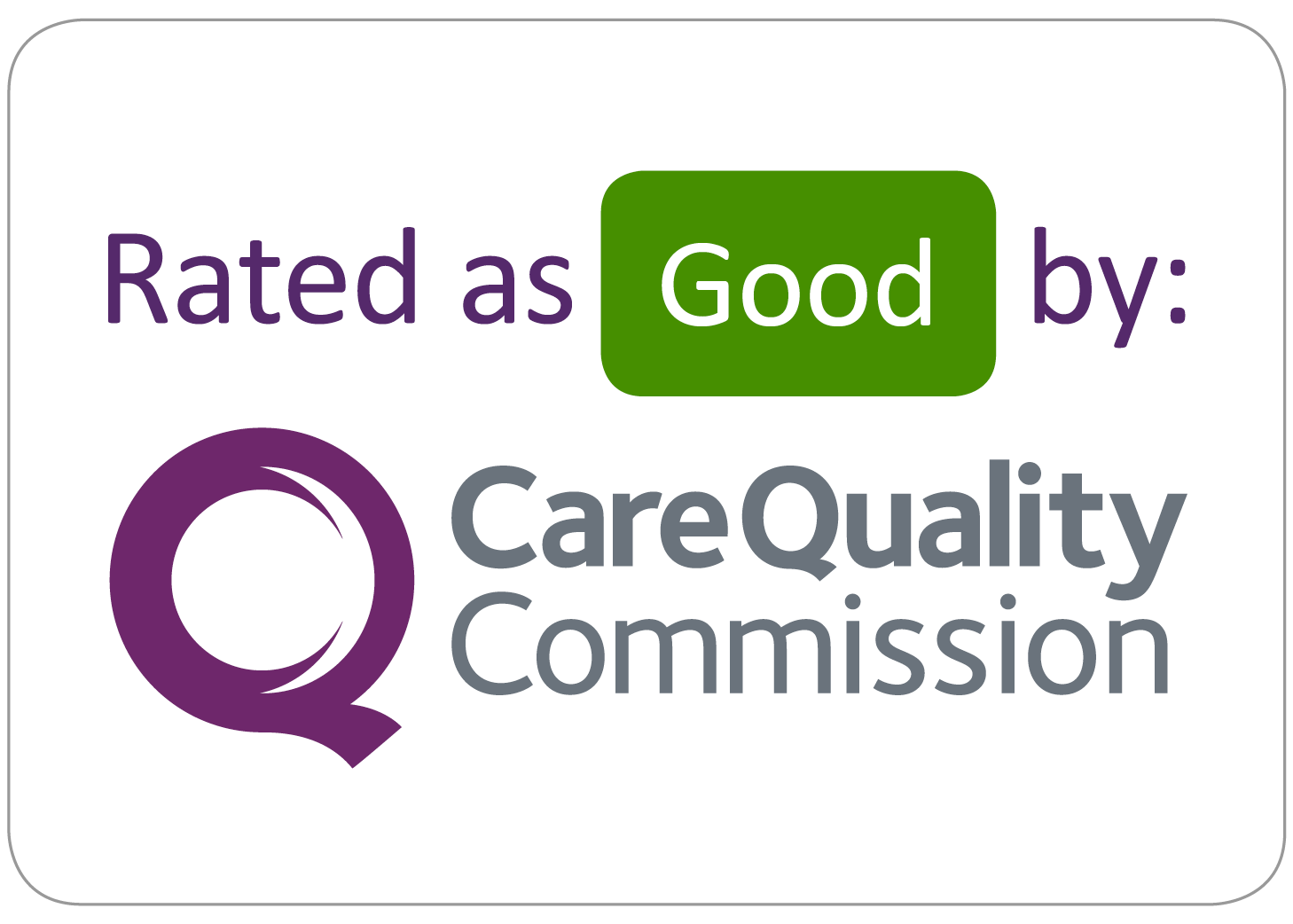Hip Dysplasia
Adult hip dysplasia, sometimes called acetabular dysplasia, is due to having a more shallow hip socket (acetabulm). Some people are unaware they have hip dyspasia as they experience few symptoms, for other people symptoms have been present since childhood.
Pain from secondary problems arising from the hip dysplasia can be felt usually in the groin, and sometimes around the outer side of the hip and down the leg. It is made worse by activities such as standing, walking or running, but also can be a problem at rest.
It can be associated with clicking, snapping or popping sensations.
It is often diagnosed via x-ray.
The exact cause of hip dysplasia is unknown. There may be a genetic component. The hip socket at birth is naturally shallower and deepens as we grow and develop.
Adult dysplasia can cause earlier arthritic change and stress of surrounding soft tissues. Treatment is based around the patient’s presenting problems.
For more information on adult hip dysplasia click on the following link.
When to seek advice
If you have severe pain affecting your sleep and daily activities, if you have had a serious injury or you have symptoms that have not improved with self-management, you should contact your GP practice. If you have a red, hot swollen joint please ring 111

















